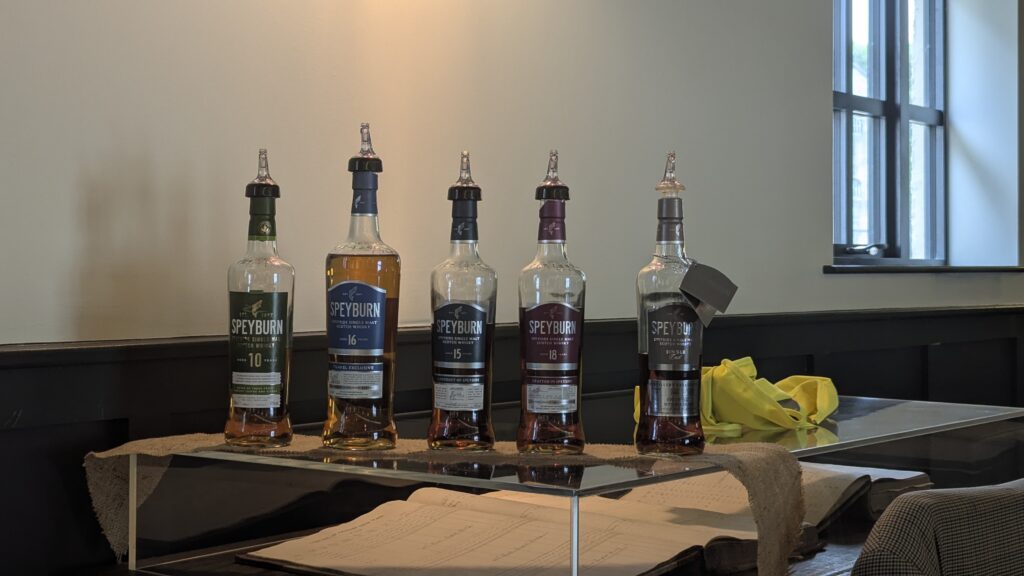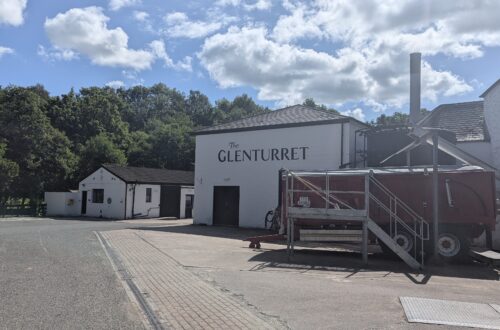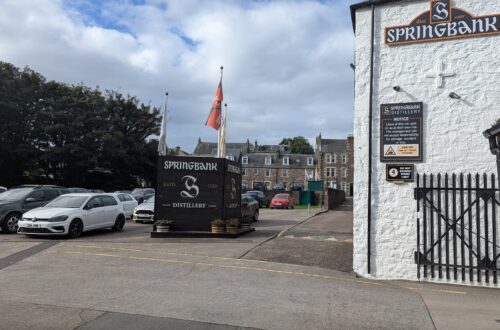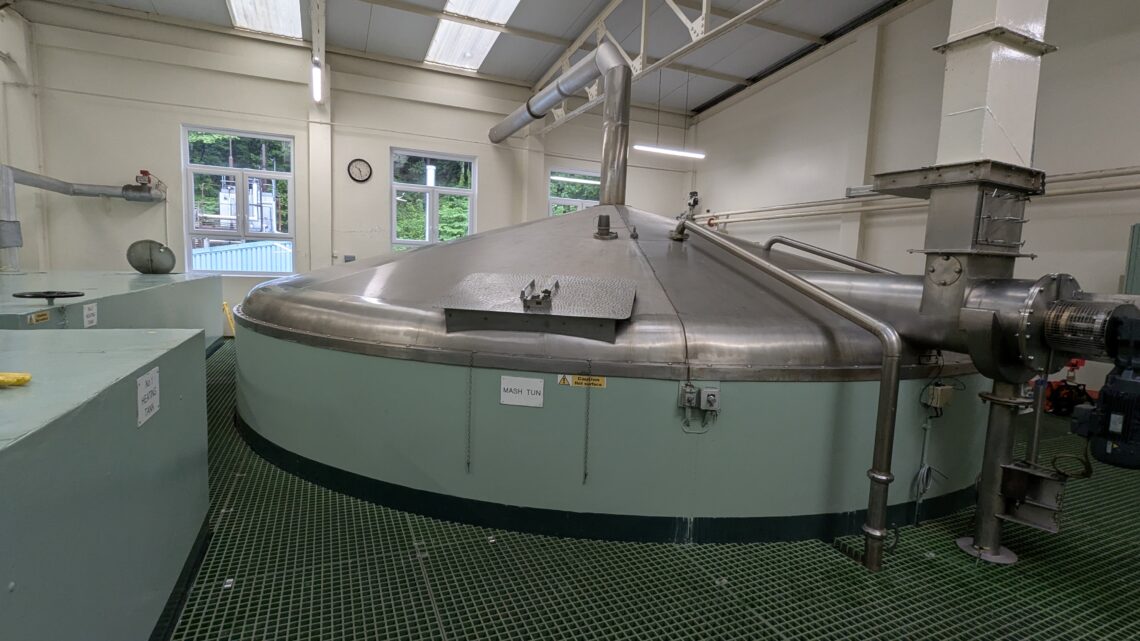
Speyside Trip: Day 2 (Glen Grant & Speyburn)
Transport
Bus: Elgin – Rothes (20 min), Rothes – Elgin (20 min)
Train: Elgin – Aberdeen, Aberdeen – Edinburgh
My Itinerary
09:25 – 09:44: Bus (Stagecoach 36: Dufftown): Elgin – Rothes
09:45 – 09:55: Walk – Glen Grant
10:00 – 11:30: Tour: Glen Grant Standard
15 mins Walk – Speyburn Distillery
13:30 – 15:00 – Hopkins Tour
15 mins walk – Speyburn – Glennies Lane
15:44 – 16:03 Bus (Stagecoach 26: Elgin) Rothes – Elgin
16:20 – 17:49 Train (Scotrail: Aberdeen): Elgin – Aberdeen
18:18 – 20:49 Train (LNER: Leeds): Aberdeen – Edinburgh
Travel from Elgin
After breakfast, I got the number 36 bus towards Dufftown from Elgin bus station, the bus was pretty nice and had good USB ports and was confortable for the 20-minute trip. The nearest stop is outside the Seafielf hotel which is just past the sign to Glen Grant. The distillery was a short walk from the stop, I headed accross the road then turned right and head back towards the roundabout and Glen Grant sign then turned left. The footpath ended at the gate, and there was lots of construction going on to build a new visitors centre, so I was not allowed to walk unaided into the distillery due to health and safety reasons. I was therefore stopped by a security guard who had to call the guide who then had to meet and escort me to the temporary visitor centre. It was no problem really, the guy was pretty friendly and within 5 mins the guide came and picked me up and walked me to the temporary visitor centre, which is just a room in the distillery. I did find out later that there is another way to enter the distillery; I could have headed straight across the road from where the bus stops and gone north towards an alley which leads to the distillery, and this is the way you exit the distillery. However, the entrance is a locked gate, so I think you would have to call the guide or yell loudly to be let in! (pic attached).
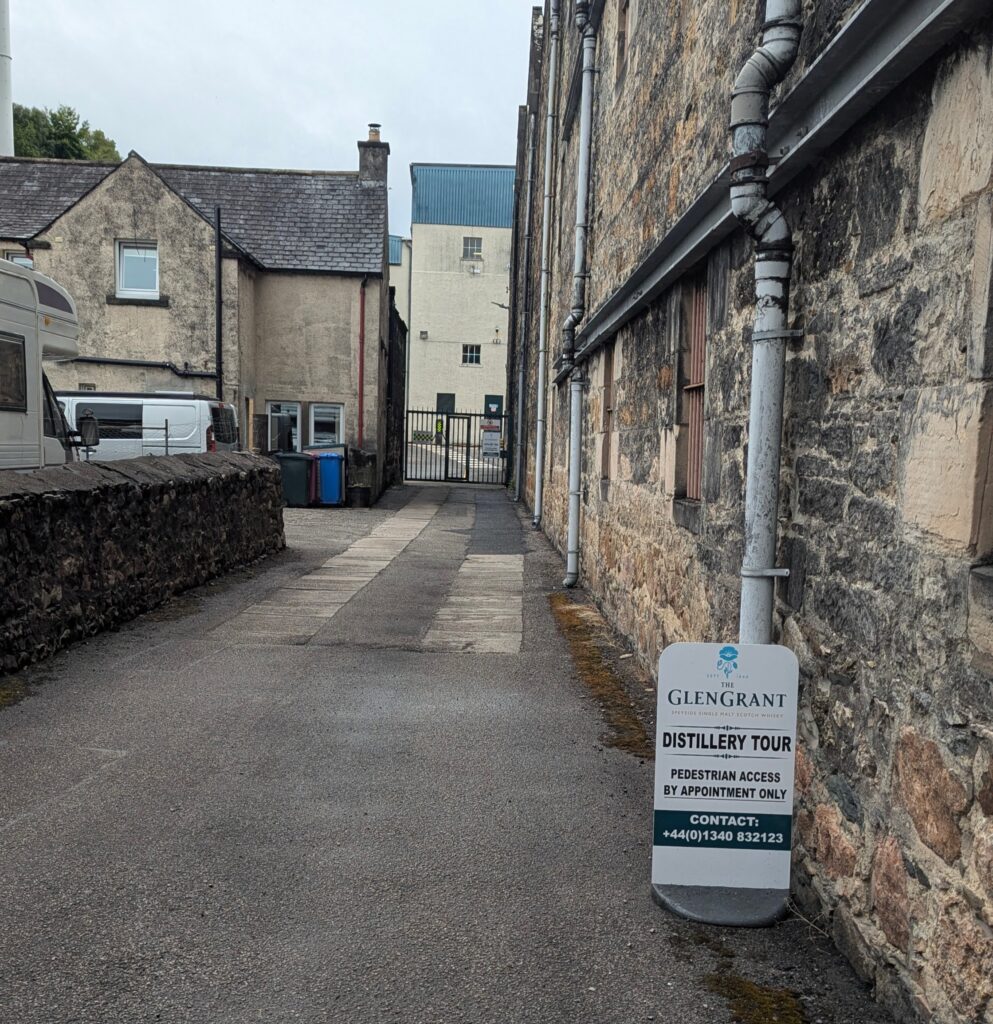
Facilities on site
As I mentioned, there is a lot of construction going on at the moment, so there are limited facilities on site at present at Glen Grant. I believe that the new visitor centre is going to have a bar and a larger shop, but during my visit, there were no food or drink options available. There was, however, a hidden gem in the form of a large garden at the back of the distillery, which, if you have the weather, is fantastic to explore after the tour. There is a mix of forest trees and fruit trees, and there is even a hidden whisky safe (no whisky inside, tho) located in a woodland area which you can explore. I can imagine on a sunny and dry day, it would be the ideal place to chill out for an hour or two after your tour.
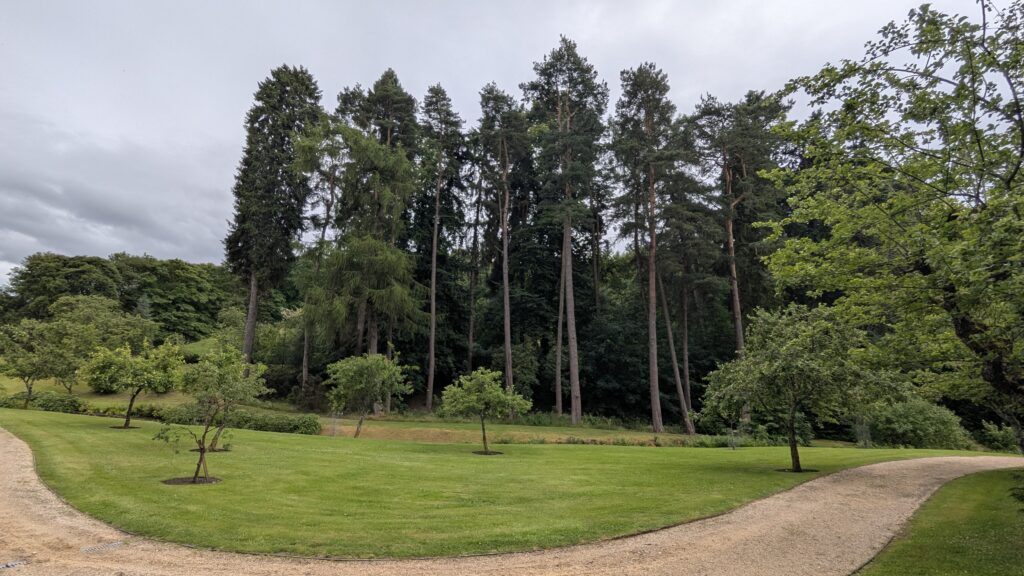
Tour
The tour took just over 90 minutes, and it went through all the basics of Glen Grant, starting with a discussion of the rich history of Glen Grant, which dates back almost 200 years to 1840. The site does look quite old, although I have to say I was not too sure about the light green colour scheme going on throughout the building! You do get a good deal of information about the history of the site, especially about Major James Grant, who, as well as being the original owner of the distillery, also invented purifiers for the distillation process, which are still being used in the distillery. The distillery is now owned by an Italian company called Gruppo Campari, who bought the distillery from the Chivas Brothers. The entire range of Glen Grant whiskies is produced and bottled on site, which is unique as it the spirt from barley to bottle is done here. The casks finishes used by Glen Grant are ex-bourbon and sherry casks and again these are stored on site. The tour is longer than many other tours at 90 minutes and during the tour I got to see all of the basics including the massive mash tun, nice wooden washback and 8 stills (4 wash and 4 spirit). The stills are laid out in a row and when I went downstairs I could see where the original gas fires were that used to heat the stills before more modern and efficient methods were implemented.
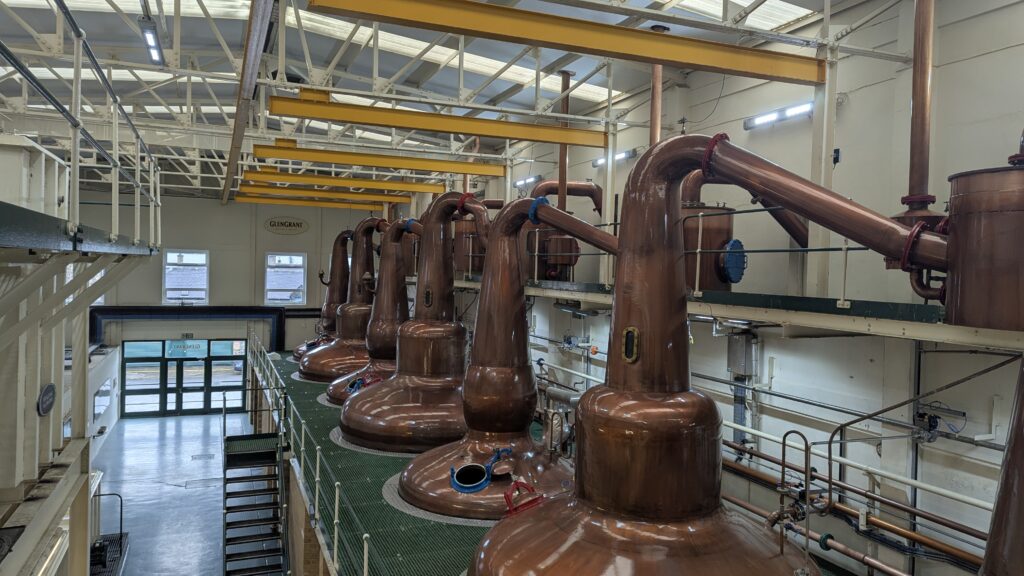
Tasting
The tasting room is above the temporary visitors centre where you started the tour and it is a large open room with one massive table in the middle and a painting of Major Grant looking down on you. The tasting was pretty generous as you get to sample four expressions of Glen Grant and I have to say I don’t think I had had ever tried Glen Grant previously so it was a bit of an exploration. The range is also made in bourbon or sherry casks. The tasting included a non-age statement called the Arboralis, the 12, 15 and 18 year old expressions. The samples were laid out with small cards which had some tasting notes attached for the nose, palate and finish. I would say I found the that the expressions had a lot of similarities, they all had floral and sweet notes on the nose and palate. The Arboralis was very oaky with a dry finish, the 15 was similar but had a longer finish on the palate and the 18 was probably my favourites as it had citrus and apple on the palate and a very caramel like finish which was clean and smooth. All of the drams were very drinkable but I feel like you have to like sweet and fruit flavoured whisky to enjoy Glen Grant. As I am quite fond of that flavour profile I found them all fine, but individually the drams did not stand out for from each other although the 18 probably was the best one.
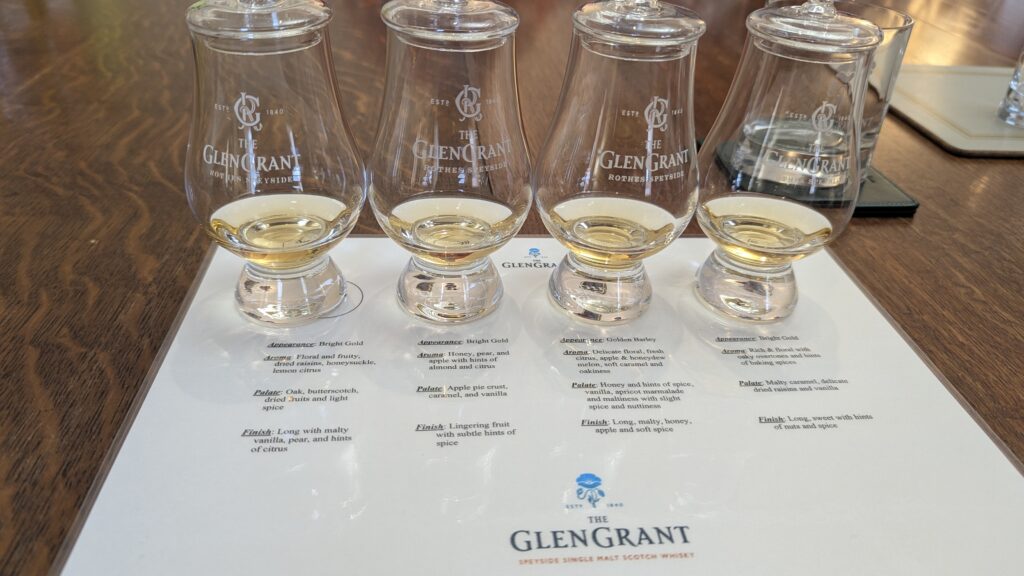
Lunch
I had a small break between distillery tours, as Rothes is quite small, there are not many options for food. I did check out the local Morrisons, which is pretty compact, but I did stumble across Toots restaurant, which is on the main road. It was nice inside and pretty busy; they had good food available, and it was a nice place to shelter from the rain and enjoy a drink.
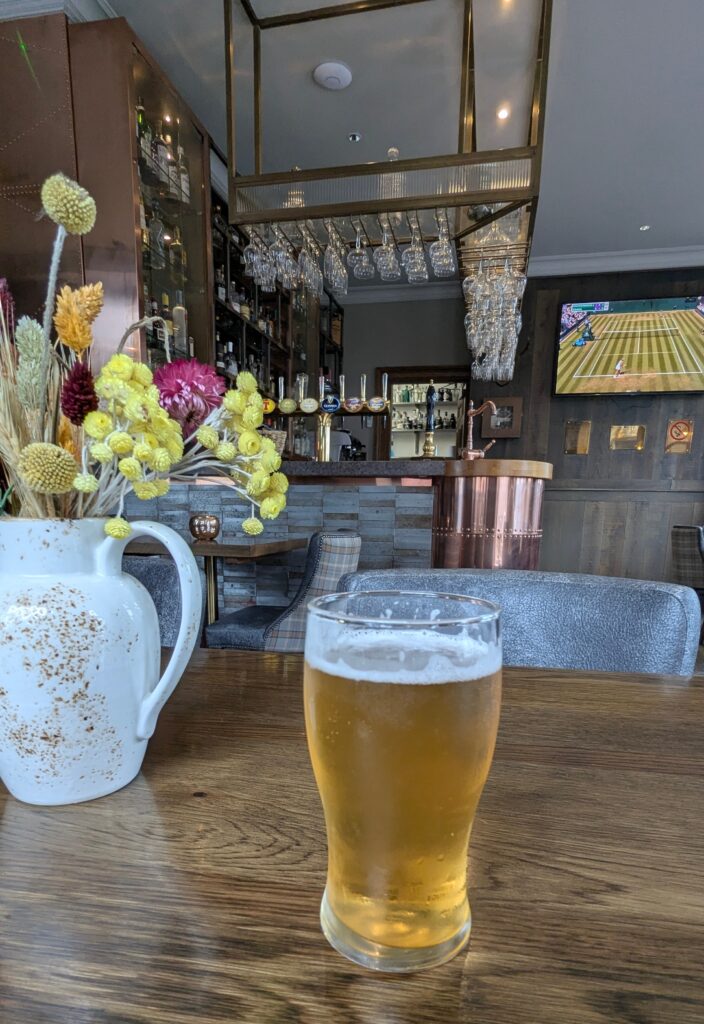
Directions to Speyburn:
To get to Speyburn I headed back past the bus stop outside the Seafield hotel and continued north towards the large roundabout, but stayed on the right-hand side footpath. That foot path continues past some industrial buildings, towards a tunnel, which is just before the road turns off for the distillery. I turned left onto the distillery road at the sign, and this was where the footpath ended, but I was able to walk on a fairly wide grass bank to the left of the road. It was around a 10 to 15 minute walk in total from the town centre to the distillery. The first point of arrival is the visitors’ car park, where I then headed up the stairs and followed the signs to the visitors’ centre. I have to say the signage is pretty clear and easy to follow.
Facilities
There are not many facilities at the distillery, but at the visitors centre, there is the obligatory shop where you can buy a wide variety of Speyburn whisky. This is also where you can leave coats or bags that you do not wish to carry on the tour, and where you start your tour.
Tour
The tour here was a bit of a surprise, to be honest, as the methods used at Speyburn are fairly unique compared with other distilleries. The tour was very informal, and I was allowed to take as many pictures as I wanted, with no restrictions! The tour started with the malting process, which is unique as they malt the barley in a series of large cylinder drums, which apparently let them control the temperature of the process better than a malting floor, where temperature control is achieved through a window open or closed! There is a lot of history in the building on each floor I learned about the traditional methods used at Speyburn for the malting process, and on even got to travel up to the roof, where (avoiding the wasps) I got to look down inside a worm tub where the cooling process takes place. I had never seen inside one before, and it was something a bit different, which you don’t see at other distilleries. The next building is where the distillation process takes place, and I got to visit the control room where the guide went through in good detail the process of distillation. The distillery, like many, uses technology to automate much of the process these days, but it was amazing to see in detail how each machine was operating and was interlinked for the entire process. Another aspect of the tour which stood out was one of the stills, which was one of the largest stills I have ever seen. It was massive and wide, you get to view it from the bottom, and there you can appreciate its size.
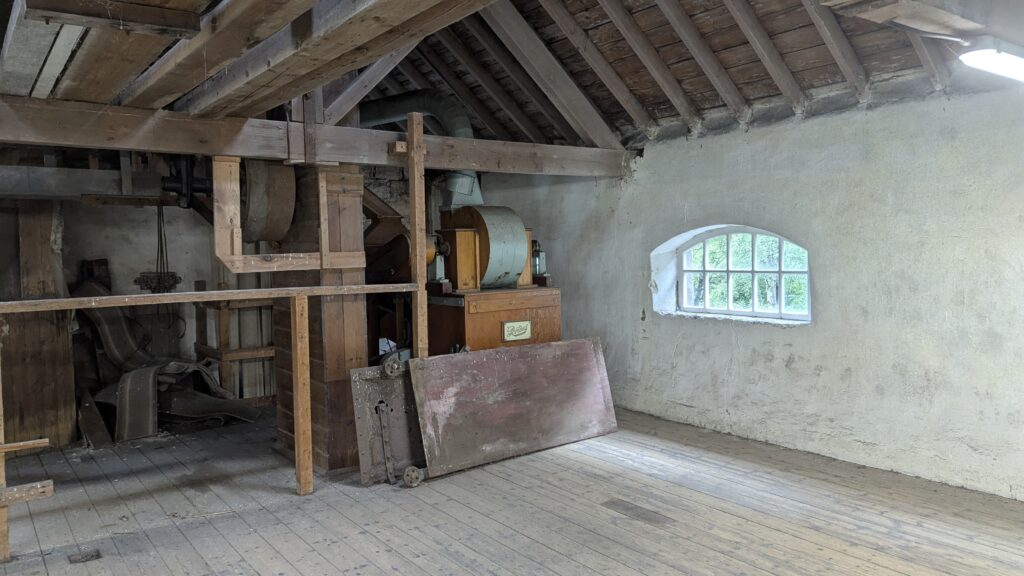
The final stop was the dunnage warehouse where they had a series of old casks laid out, including one that was from 1975, although according to the guide, the best one was a 25 year old which is being bottled later in the year and will be available for around £195. In the warehouse, while I was taking in the angle share I also got to sample my first Speyburn whisky, which was the 10-year-old Speyburn, which was very nice, fruity on the nose and a short, smooth finish.
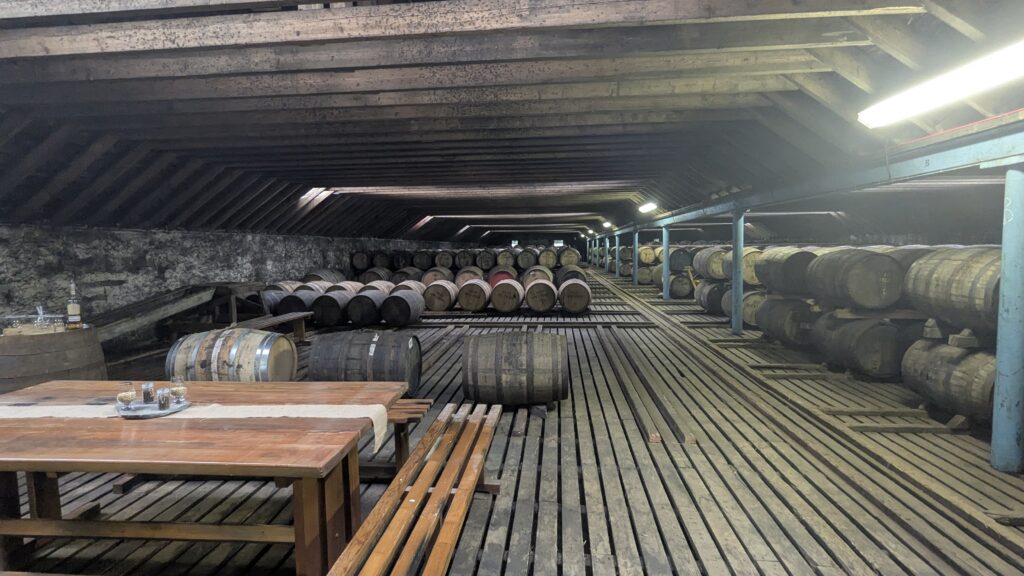
Tasting
The tasting takes place in a small lounge room at the back of the visitors centre. I was on a more premium tour so I got 5 additional samples to try during the tasting. The time allocated for the experience was 90 mins, and the tasting was pretty short as it was around the last 15 minutes, but I was able to stay in the tasting room for longer, so I did not feel rushed at any point. The samples on offer were the 10, 16, 15, 18 and distillery exclusive and again, they were all nice. The first two were bourbon cask and the later versions were finished in sherry and bourbon. I would say the latter samples were my preferred choice, the 15 was really good, it had hints of chocolate and raisin and was very smooth. The best or most interesting sample for me was the distillery exclusion, which was £130 a bottle, so quite pricy, but although initially it did not seem very different to the other samples, it was the long finish which differentiated it as more flavours started hitting the palate about 30 seconds after you had finished the dram. I could easily drink a bottle of that to investigate the flavour profile fully if I had the money!
